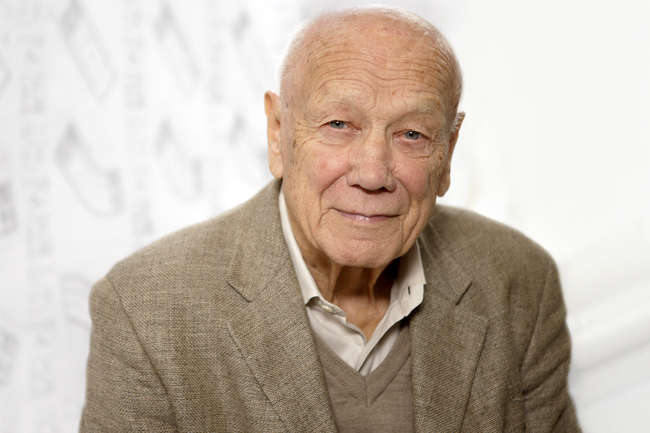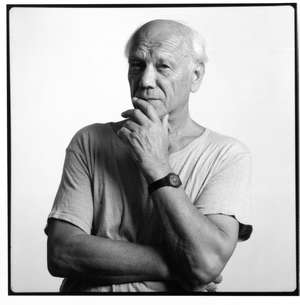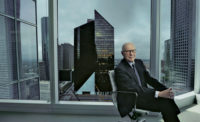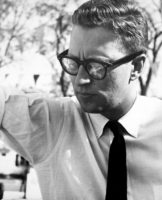
Renowned Danish architect Henning Larsen, long recognized as a master of light, died at his home in Copenhagen on June 22, 2013, at the age of 87. Poignantly, his death occurred on the summer solstice, a day of celebration of natural light in the Nordic countries. The partners of Henning Larsen Architects made the announcement via the firm’s website, with the declaration that “the funeral will take place in silence.”
 |
| Photo © Rigmor Mydtskov Henning Larsen |
The silence left by the absence of the architect resounds, however, with the built, educational, and cultural accomplishments of a long and distinguished career. Throughout over 50 years of a professional practice based in Copenhagen – beginning from a small independent studio in 1959 to the contemporary, multi-national, 120-person design office – Larsen received international recognition for significant works across a spectrum of public buildings and a range of locales and cultures, including the Aga Khan Award for Architecture in 1989. The last year – even the last weeks – prior to Larsen’s death had brought an extraordinary set of honors to the architect and practice: His Royal Highness the Prince Consort of Denmark's Europe Nostra Award 2013 for contributions to Danish culture; the European Union Prize for Contemporary Architecture/Mies van der Rohe Award 2013 for the Harpa, a concert hall and conference center in Reykjavik (designed in collaboration with Batteriið Architects and Studio Olafur Eliasson); and in November 2012, the Praemium Imperiale, the global arts prize awarded annually by the Japan Art Association.
Born in 1925 in Jutland, Larsen’s education at the Royal Danish Academy of Fine Arts was enhanced by years at the Architectural Association in London and the Massachusetts Institute of Technology in Cambridge, and an apprenticeship with Arne Jacobsen, the great Danish modernist. Larsen’s practice began and continued with significant commissions awarded through competition submissions. In Denmark, his charismatic works include the Copenhagen Business School Dalgas Have (1989), Enghøj Church (1994), Ny Carlsberg Glyptotek (1996), and the Royal Danish Opera (2004). Besides the Harpa Concert Hall in Reykjavik, Larsen’s significant work abroad includes the Ministry of Foreign Affairs in Riyadh (Saudi Arabia, 1984), The Royal Danish Embassy in Riyadh (Saudi Arabia, 1987), and the Malmö City Library (Sweden, 1997).
Dedicated to the advancement of architecture beyond his design practice, Larsen taught energetically as a Professor of Architecture at the Royal Danish Academy of Fine Arts School of Architecture from 1968 until 1995, and held visiting professor positions in a number of schools, including Yale and Princeton. In 1985, working with colleagues in Aarhus and Copenhagen, he opened the SKALA architecture gallery and began publication of the SKALA architecture journal, both important and memorable ventures which sought to reinforce and expand the understanding of Nordic architecture culture. The gallery and journal shuttered in 1994, but in 2001, Larsen established a grant-awarding foundation for the advancement of architecture; grants are awarded each year on his birthday, August 20.
Together with his colleagues Sverre Fehn, Reima Pietilä, and Jorn Utzon, Larsen defined a generation of Nordic architects who came of age following World War II, succeeding Asplund, Aalto, and Jacobsen, to establish a post-war Nordic modernism imbued with clarity, craftsmanship, and a wise humanism. His aim was for architecture of elegance and openness, sensitivity, and immediacy. As he put it: “What matters most to me is the direct, sensual impact.”





Post a comment to this article
Report Abusive Comment